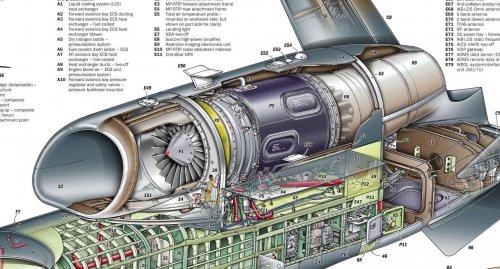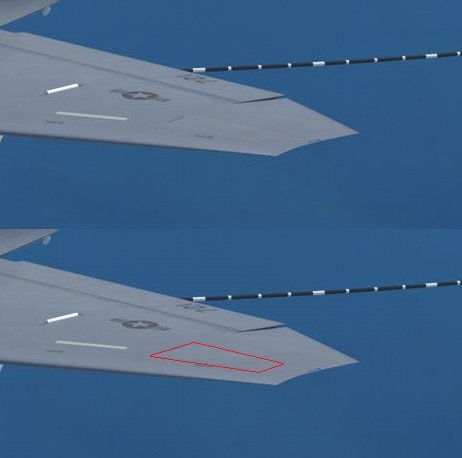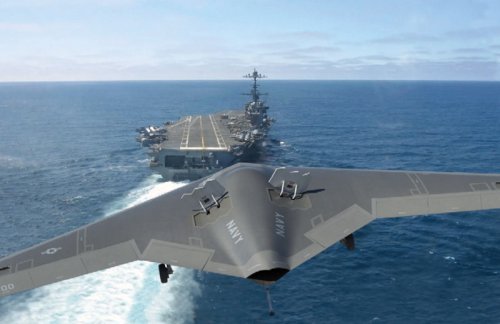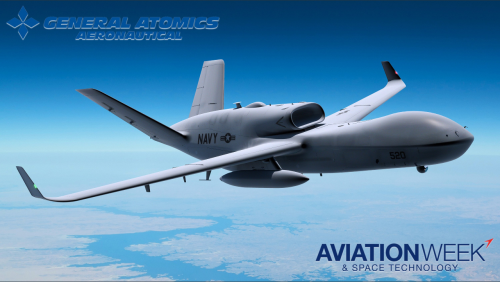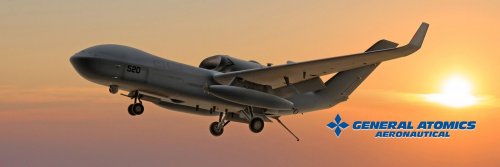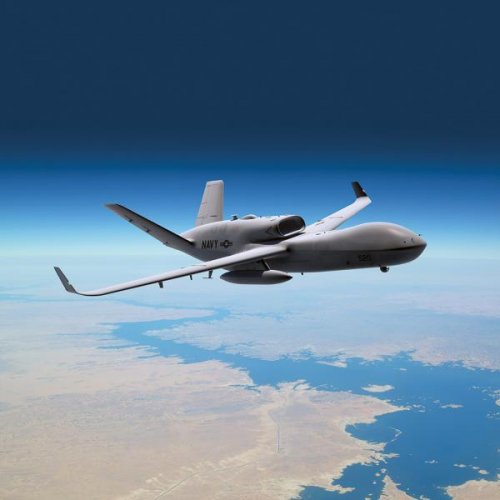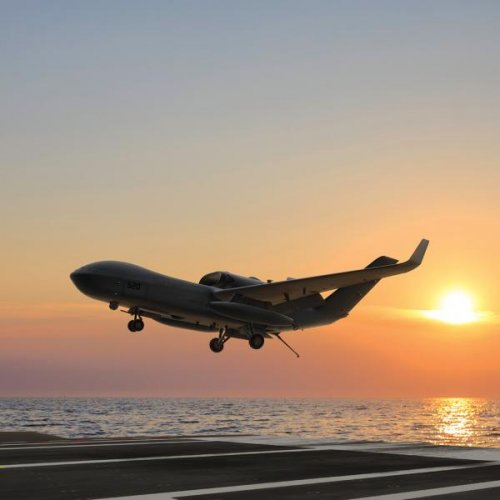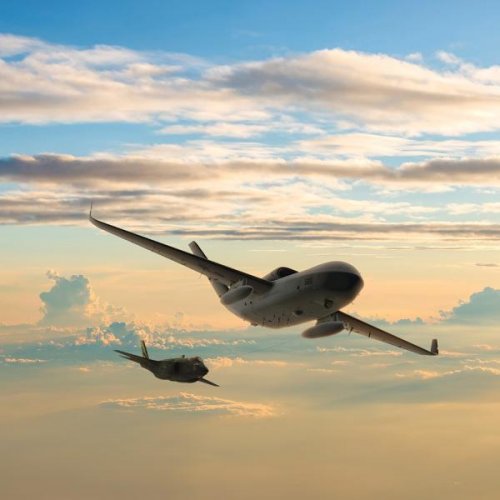- Joined
- 2 August 2006
- Messages
- 3,255
- Reaction score
- 1,527
With regard to tailed versus not tailed aircraft, Raymer (I think it was Raymer) did a very nice comparison of the B-47 (High aspect ratio) versus the Vulcan bomber (Low aspect ratio) and shows how they're performance was quite similar given their different approaches to the same problem in his aircraft design book.
A couple of other things to note:
1) Just having to build a wing could have a very good cost advantage compared to the competing designs, which all have fuselages and tails.
2) Endurance for a jet powered aircraft occurs when flying at the velocity that delivers the maximum lift to drag ratio; i.e, it's a direct function of (L/D)max. Endurance as a function of (CL3/2/CD)max only applies to propeller driven (Turbo-prop and recip) aircraft and is a function of air density; i.e.-it occurs at sea level for propeller driven aircraft.
A couple of other things to note:
1) Just having to build a wing could have a very good cost advantage compared to the competing designs, which all have fuselages and tails.
2) Endurance for a jet powered aircraft occurs when flying at the velocity that delivers the maximum lift to drag ratio; i.e, it's a direct function of (L/D)max. Endurance as a function of (CL3/2/CD)max only applies to propeller driven (Turbo-prop and recip) aircraft and is a function of air density; i.e.-it occurs at sea level for propeller driven aircraft.

